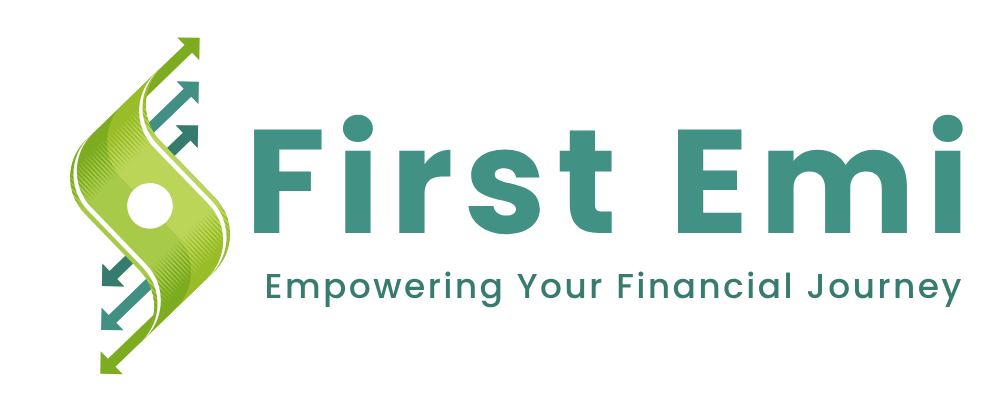Retirement planning is a crucial aspect of financial management that ensures individuals can maintain a comfortable lifestyle and achieve their desired retirement goals. Whether you’re decades away from retirement or nearing the end of your career, understanding the essentials of retirement planning is essential. This guide covers everything you need to know about planning for retirement, from setting goals and saving strategies to investment options and maximizing retirement income.
Setting Retirement Goals
Before diving into the specifics of retirement planning, it’s essential to define your retirement goals and aspirations. Consider the following factors:
- Lifestyle: Determine the type of lifestyle you envision during retirement, including travel, hobbies, and living arrangements.
- Healthcare: Estimate future healthcare costs and consider medical insurance and long-term care needs.
- Legacy: Decide how you want to allocate assets and estate planning considerations for heirs or charitable causes.
Assessing Your Retirement Needs
Estimating Retirement Expenses
- Basic Living Expenses: Calculate essential costs such as housing, utilities, food, and transportation.
- Healthcare Costs: Estimate healthcare expenses, including insurance premiums, medications, and potential long-term care costs.
- Discretionary Expenses: Budget for leisure activities, travel, and other non-essential expenses.
Factoring in Inflation and Longevity
- Inflation: Account for the impact of inflation on future expenses by adjusting your retirement income needs accordingly.
- Life Expectancy: Consider life expectancy trends and plan for a retirement that may last 20-30 years or more.
Retirement Savings Strategies
Employer-Sponsored Retirement Plans
- 401(k) Plans: Contribute to employer-sponsored retirement accounts, often with matching contributions and tax advantages.
- 403(b) Plans: Similar to 401(k) plans but offered by certain nonprofit organizations, schools, and government entities.
Individual Retirement Accounts (IRAs)
- Traditional IRAs: Contribute pre-tax income to grow tax-deferred until withdrawal during retirement.
- Roth IRAs: Invest after-tax income with potential tax-free withdrawals in retirement, subject to certain conditions.
Additional Savings Vehicles
- Health Savings Accounts (HSAs): Save for medical expenses in retirement with tax advantages, including contributions and withdrawals for qualified medical expenses.
- Taxable Investment Accounts: Invest in stocks, bonds, mutual funds, and other assets outside of tax-advantaged retirement accounts.
Investment Strategies for Retirement
Asset Allocation
- Diversification: Spread investments across different asset classes (e.g., stocks, bonds, real estate) to manage risk and optimize returns.
- Risk Tolerance: Align asset allocation with your risk tolerance and investment horizon to achieve long-term growth and income objectives.
Managing Retirement Investments
- Lifecycle Funds (Target-Date Funds): Invest in diversified portfolios managed to become more conservative as retirement approaches, based on a target retirement date.
- Income-Generating Investments: Consider investments that generate regular income, such as dividend-paying stocks, bonds, or annuities, to supplement retirement income.
Maximizing Retirement Income
Social Security Benefits
- Understanding Benefits: Estimate Social Security benefits based on your earnings history and retirement age.
- Optimizing Timing: Decide when to start receiving benefits, considering factors like full retirement age and potential benefits for delaying.
Pension Plans and Annuities
- Defined Benefit Plans: Receive regular income based on years of service and salary history with an employer-sponsored pension plan.
- Annuities: Purchase annuities to receive regular payments for a specified period or for life, providing guaranteed income in retirement.
Estate Planning and Legacy Considerations
Creating a Will and Estate Plan
- Wills: Outline how assets will be distributed after death and designate guardians for dependents.
- Trusts: Establish trusts to manage and distribute assets according to specific instructions, potentially minimizing estate taxes.
Monitoring and Adjusting Your Retirement Plan
- Regular Review: Review your retirement plan annually or after major life changes to adjust savings goals, investment strategies, and retirement income projections.
- Rebalancing: Adjust asset allocation periodically to maintain desired risk levels and adapt to changing market conditions.
Conclusion
Planning for retirement is a lifelong journey that requires careful consideration, proactive saving, and strategic investing. By following the principles outlined in this guide—setting clear retirement goals, saving diligently, investing wisely, and maximizing retirement income—you can build a secure financial future and enjoy a fulfilling retirement. Start planning early and seek professional advice as needed to navigate the complexities of retirement planning effectively. Remember, the key to a successful retirement is preparation and proactive financial management. Begin your journey towards a secure retirement today.


